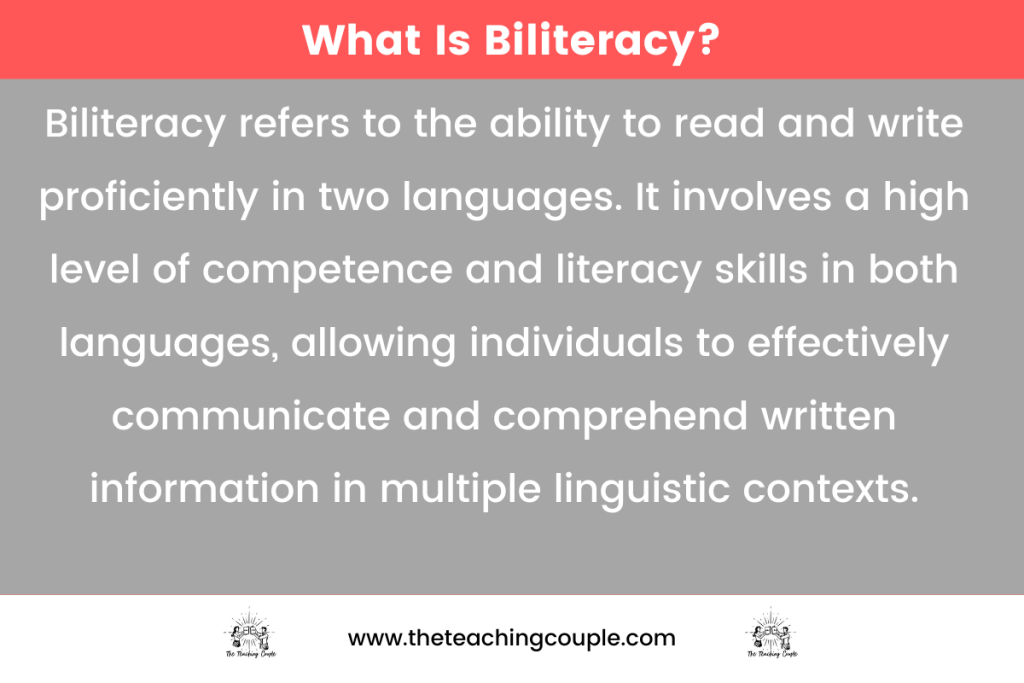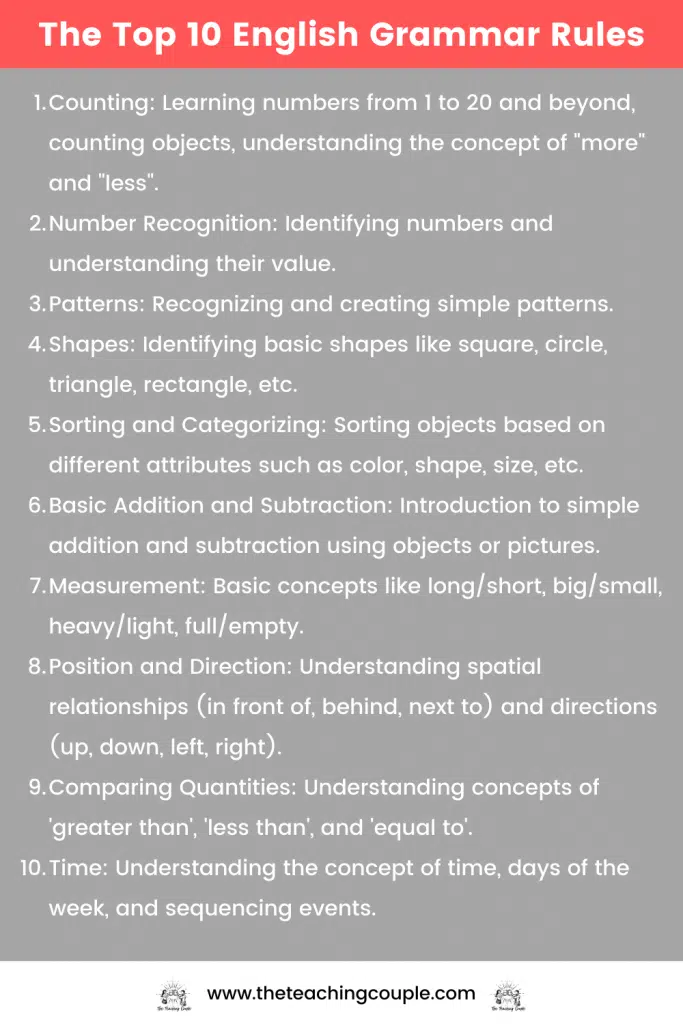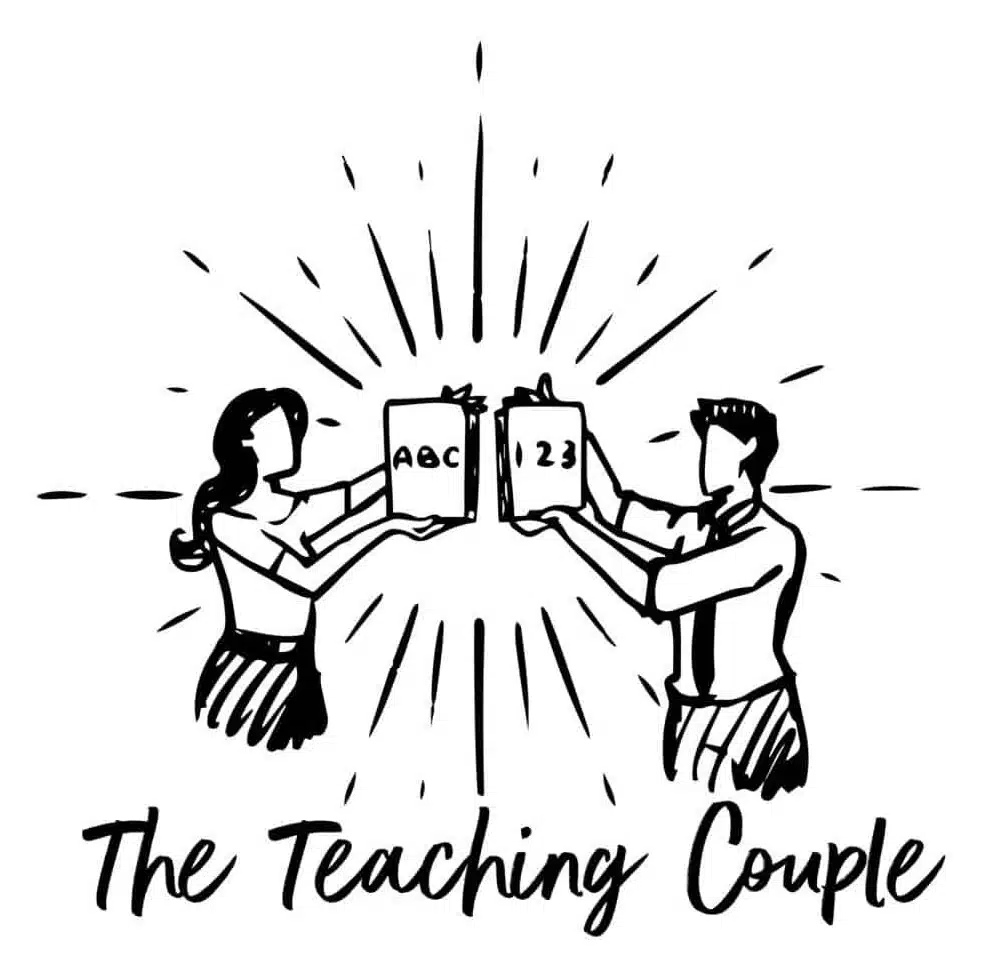Are you a teacher looking to create creativity and excitement to your classroom? Look no further than biliteracy! Teaching for biliteracy requires the perfect blend of fun and learning, allowing students to explore masterfully crafted words.
With its unique approach to language instruction, teaching for biliteracy encourages student engagement while widening their understanding of literature, communication, history—and more. This blog post will cover some useful tips for teaching a bilingual class that engages everyone involved!
Related: For more, check out our article on Poems About The Moon here.

1. Identify the Language Proficiency Levels of Your Students
In the pursuit of cultivating a biliterate educational environment, one of the earliest and most crucial steps is to identify your students’ language proficiency levels accurately.
This involves a comprehensive understanding of their skills in both languages, encompassing not just reading and writing abilities, but also listening comprehension and conversational fluency.
To gain this understanding, it’s beneficial to use a variety of assessment tools. For instance, oral interviews can help assess speaking and listening skills, written assignments can demonstrate reading comprehension and writing proficiency, and vocabulary tests can gauge language development.
Using these assessments, you can map out where each student stands on their bilingual journey.
By having a clear picture of each student’s language proficiency, you can then tailor your teaching methods to meet their specific needs. For beginners, you might focus more on vocabulary building and basic grammar, while for more advanced students, you might delve into complex texts and nuanced conversations.
This personalized approach ensures that no student is left behind. Everyone can progress at a pace that aligns with their current abilities, gradually building their skills in both languages. It’s important to set achievable goals for each student and continually reassess these goals as they improve.
Remember, biliteracy education aims not just to translate from one language to another. It’s about cultivating a deep, functional understanding and usage of two languages.
It’s about empowering students to think, communicate, and express themselves effectively in both languages, opening doors to new opportunities and experiences.
Related: For more, check out our article on Poems About The Moon here.
2. Understand Your Students’ Cultural Backgrounds
Understanding your students’ cultural backgrounds is integral to developing an effective biliteracy program. The cultural context in which a language is used plays a significant role in learning, understanding, and utilising it.
This understanding goes beyond mere knowledge of traditions or customs; it involves a deep appreciation for the diverse ways of life that shape your students’ worldviews and identities.
By acknowledging and appreciating the diverse cultural backgrounds of your students, you gain the ability to incorporate teaching materials that are not only relevant but also resonate with their experiences.
This could involve using literature from their cultures, discussing current events relevant to their communities, or even incorporating cultural practices into classroom activities.
This culturally responsive teaching strategy makes the learning process more engaging and fosters a sense of belonging among students.
Understanding cultural backgrounds also assists in fostering a respectful and inclusive classroom environment. When every student’s culture is acknowledged and valued, it cultivates a sense of mutual respect and empathy among students.
It allows them to learn from each other’s experiences and perspectives, enriching their own understanding of the world.
Moreover, it’s crucial to remember that languages are not just systems of communication; they are deeply intertwined with specific cultures and ways of life.
Each language carries unique idioms, expressions, and nuances rooted in its culture. Therefore, teaching for biliteracy isn’t simply about linguistic proficiency; it’s also about promoting cultural literacy.
It’s about empowering students to navigate and appreciate the rich tapestry of cultural contexts associated with each language, thereby broadening their horizons and enhancing their global competence.
Related: For more, check out our article on Poems About The Moon here.

3. Create a Multilingual Learning Environment
Creating a multilingual learning environment is a fundamental step towards successful biliteracy education. It involves more than simply teaching in two languages; it’s about cultivating an atmosphere where both languages are valued, used, and seen as integral parts of the learning process.
This encourages students to perceive the languages not as separate entities, but as complementary tools for communication and understanding.
Creating this environment can be achieved through various methods. For instance, labeling classroom items in both languages can help students associate everyday objects with words in both languages, thereby building their vocabulary.
Incorporating multicultural literature into the curriculum can expose students to diverse perspectives and narratives, enhancing their cultural literacy alongside linguistic proficiency.
Another effective strategy is encouraging students to communicate in both languages during classroom discussions and activities. This could involve alternating between languages on different days or designating certain activities for each language.
Such practices provide students with ample opportunities to practice their skills in a natural, meaningful context.
Technology can also be a powerful tool in creating a multilingual environment. Numerous language learning apps and websites offer interactive exercises and games that can supplement traditional teaching methods.
These digital resources can cater to different learning styles and paces, making language learning more personalized and engaging.
Moreover, consider inviting guest speakers who are native speakers of the languages being taught.
This can provide students with firsthand exposure to different accents, dialects, and cultural nuances.
The ultimate goal is to immerse students in a rich linguistic environment where they feel comfortable practicing and improving their skills in both languages.
It’s about fostering a sense of curiosity and appreciation for both languages, motivating students to become lifelong learners and confident bilingual speakers.
4. Encourage Collaborative Learning
Encouraging collaborative learning is a powerful strategy in teaching for biliteracy. Collaboration fosters communication; as any language educator knows, communication is the heart of language learning.
By working together in groups or pairs, students can practice both languages in a real and immediate context, enhancing their conversational skills and comprehension.
In a collaborative setting, students are not merely passive recipients of information but active participants in the learning process.
This interaction allows them to practice their language skills in a safe and supportive environment where they can learn from their peers and gain confidence in their abilities.
Moreover, collaborative tasks can help students learn from each other, creating a dynamic where knowledge is shared and built collectively.
This is particularly effective in mixed-ability groups where more proficient students can assist struggling students, fostering a sense of community and mutual support among learners.
Numerous activities can promote collaborative learning. Group projects on topics relevant to the cultures associated with the languages taught can foster linguistic and cultural understanding.
Peer reviews of written work can enhance critical thinking skills and provide different perspectives on language use. Role-playing activities can simulate real-life situations, giving students practical language use experience.
Incorporating digital tools can also facilitate collaborative learning. Online platforms allow for group discussions, shared documents, and collaborative presentations, providing students with various avenues to communicate and work together.
Creating a supportive environment is key in promoting collaborative learning. Mistakes should be viewed as learning opportunities, not failures. Encourage students to take risks, ask questions, and explore the languages deeply.
The goal is to create an atmosphere where every student feels confident to participate, express their ideas, and grow as a biliterate individual.
5. Utilise Different Teaching Strategies for Biliteracy Education
Utilizing a diverse range of teaching strategies is paramount when it comes to biliteracy education. As every student has a unique learning style, employing various methods can cater to individual needs and enhance the learning experience.
The key is to create a flexible and dynamic teaching approach that can adapt to your students’ changing needs and progress.
For beginners, direct instruction and guided practice may be most effective. This might involve explicit teaching of vocabulary, grammar rules, and sentence structure, followed by structured activities where students can apply what they’ve learned.
This provides a solid foundation upon which more complex language skills can be built.

As students advance, you might incorporate more project-based learning and independent study. Project-based learning encourages students to apply their language skills in a practical context, such as researching a topic, conducting a survey, or creating a presentation.
Independent study, meanwhile, promotes autonomy and self-directed learning, important skills for lifelong learning.
Visual aids, multimedia resources, and interactive activities can also make lessons more engaging and understandable. Visual aids like charts, diagrams, and graphic organizers can help clarify complex concepts.
Multimedia resources like videos, audio clips, and online games can appeal to auditory and visual learners. Interactive activities, such as role plays, debates, and group projects, can make language practice more fun and meaningful.
Teaching grammar and vocabulary in context rather than in isolation, can promote a deeper understanding of both languages. This means presenting new words and grammar points within a text or conversation, so students can understand how they are used in real-life situations.
Remember, biliteracy education aims not just to teach two languages separately but to build a bridge between them. This involves highlighting the similarities and differences between the languages, showing students how knowledge in one language can support learning in the other.
By integrating the teaching of both languages, you can help students become truly biliterate, able to use both languages
6. Develop Assessments to Measure Progress
Developing effective assessments is crucial in measuring your students’ progress in their journey towards biliteracy. These assessments not only indicate how well students are learning, but they also offer valuable feedback that can guide future instruction.
Formative Assessments
Formative assessments are ongoing checks for understanding that take place throughout the learning process. They could come as quick quizzes, classroom discussions, or homework assignments.
These assessments allow you to monitor student learning in real-time, identify areas of struggle, and adjust your teaching strategies accordingly.
For instance, if a formative assessment reveals that most students are struggling with a particular grammar concept, you can spend more time on that topic in future lessons.
Summative Assessments
Summative assessments, on the other hand, are conducted at the end of a unit or course to evaluate student learning at that point in time. They could be final exams, projects, or presentations.
In the context of biliteracy education, summative assessments should ideally measure proficiency in both languages, including reading, writing, speaking, and listening skills.
Authentic Assessments
Authentic assessments involve tasks that mirror real-world challenges and require students to apply their language skills in a practical context. For example, students might be asked to write a letter, deliver a presentation, or engage in a debate.
These assessments can provide a more holistic view of a student’s language proficiency, beyond just their ability to memorize vocabulary and grammar rules.
Self-Assessments and Peer Assessments
Encouraging self-assessment and peer assessment can also be beneficial. Self-assessment promotes reflection and self-awareness, helping students to identify their strengths and weaknesses.
Peer assessment, meanwhile, can provide students with a new perspective and insights into their performance.
Remember, the purpose of assessments is not just to grade students, but to guide and enhance learning. Therefore, feedback should always be constructive, focusing on what students have achieved and what they need to work on next.
To teach for biliteracy, it is essential to be patient and positive. You should focus on building relationships with your students and ensure everyone knows the process.
Ultimately, biliteracy development begins with a language-rich environment that prioritizes both languages. As teachers, we can guide our students towards proficiency in more than one language, which can open countless doors for them in their future journeys.
One way we can help is by bringing cultures and stories from each language into the classroom setting. By teaching and celebrating culture, we provide an atmosphere where bilingualism can thrive and be respected.
Additionally, using multimedia tools to create engaging lessons will help students build relationships between English and their native language. As educators, let’s continue working together to empower our students through embracing their diverse cultural backgrounds!

